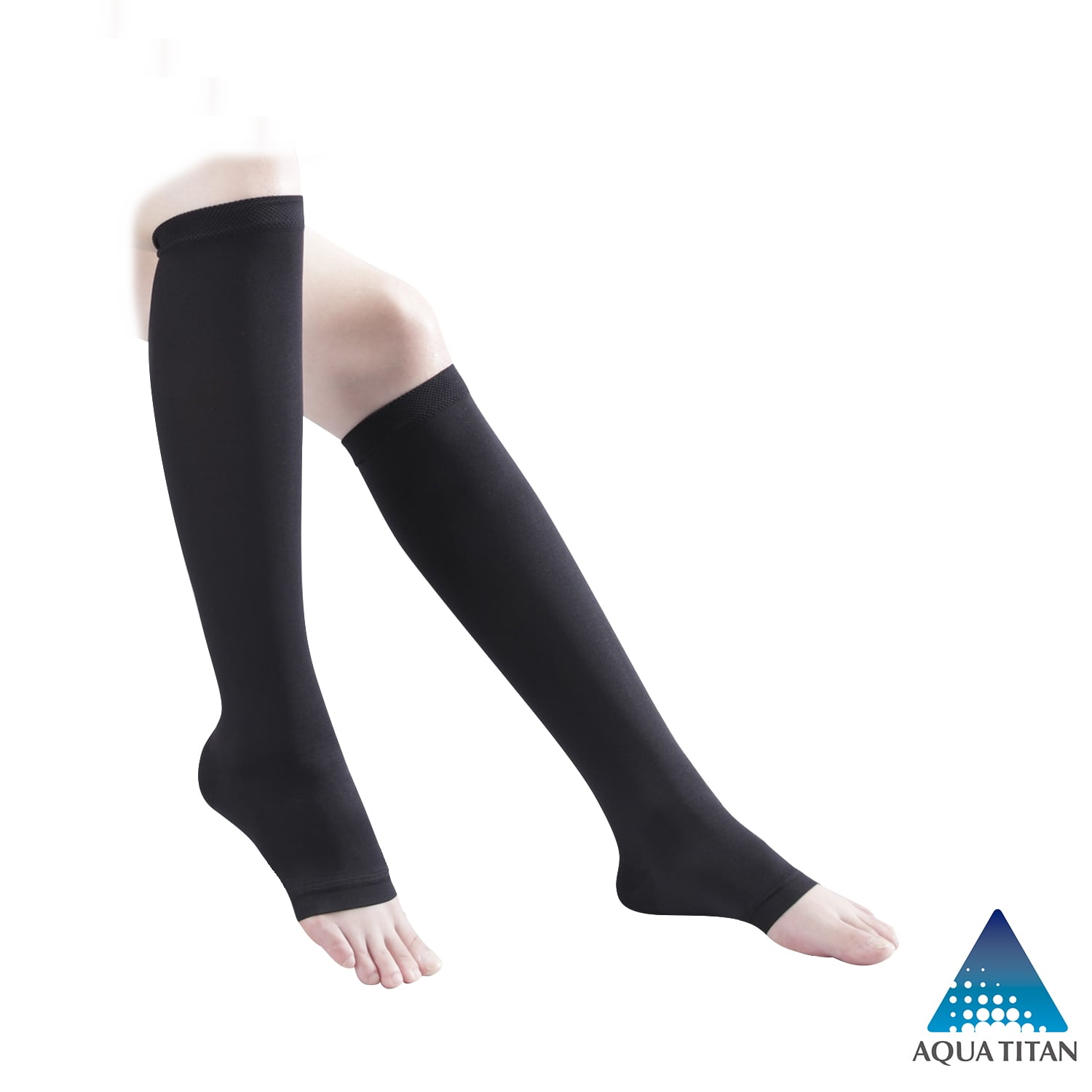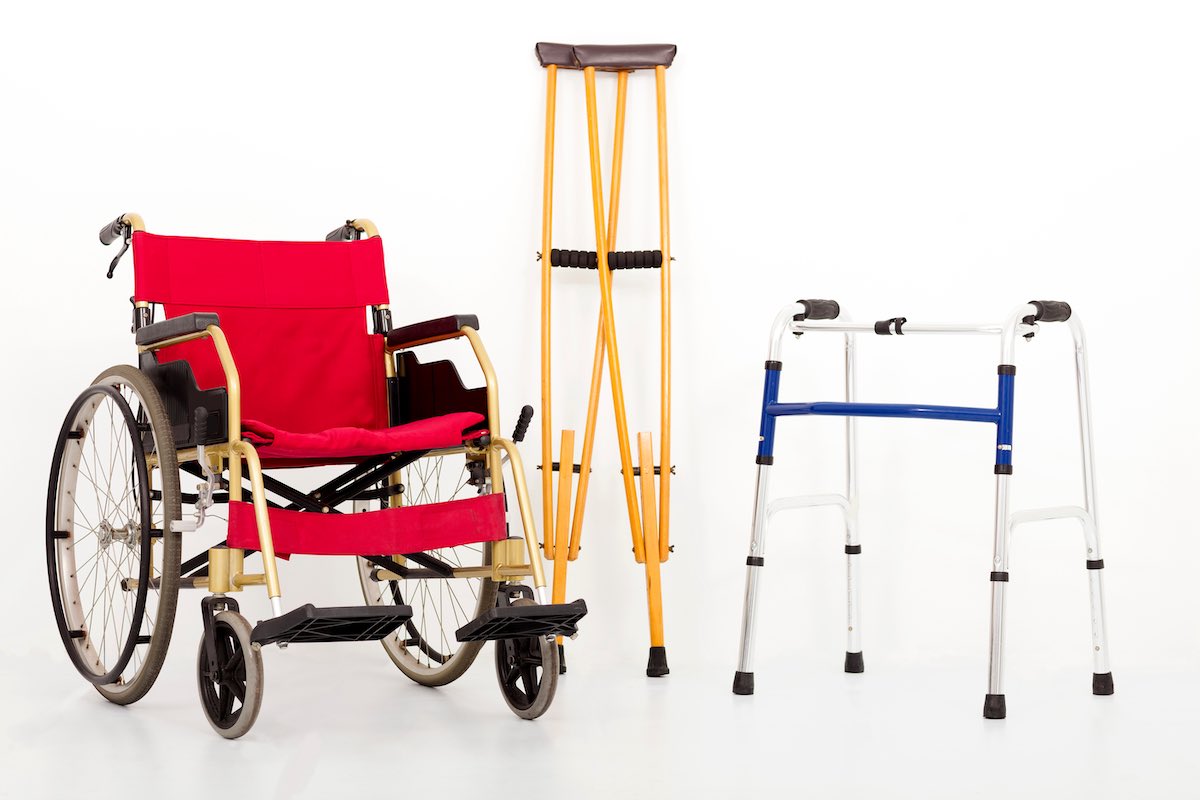
Living alone can be challenging for older adults, especially those who may have health or mobility issues. It can also increase the risk of social isolation and loneliness, which can have negative impacts on mental and physical health. According to the U.S. Census Bureau, in 2019, there were approximately 52 million people aged 65 and over living in the United States. Of these, about 14.7 million, or 28%, lived alone in their own homes or apartments.
The percentage of older adults living alone varies by gender, with 21% of older men and 34% of older women living alone. This may be due, in part, to women’s longer life expectancy and their tendency to outlive their male partners. Among women aged 75 and over, the percentage living alone increases to approximately 44%.
Living alone can be particularly challenging for older adults who have health issues or limited mobility, as they may struggle to perform daily tasks or participate in social activities. These individuals may also be at greater risk of falls, accidents, or other health problems, which can be compounded by the lack of immediate assistance or support.
1. Personal Alert System

A personal alert system is a wearable electronic device that is designed to summon help in the event of an emergency, such as a sudden fall. These devices typically feature a big, clear button that can be pressed at any time to sound an alarm or send an emergency alert to pre-set mobile phone numbers.
Many personal alert systems also include GPS tracking capabilities, which can be especially useful for dementia patients who may wander off and get lost. By tracking the device’s position, caregivers can quickly locate and retrieve their loved ones.
In addition to the emergency alert features, many personal alert systems also include other useful functions, such as medication reminders, fall detection sensors, and activity tracking. These features can help seniors maintain their independence and stay connected with their loved ones.
2. Compression Stockings

Compression stockings are snug legwear designed to apply pressure to the lower legs, helping to maintain blood flow and prevent leg swelling or blood clots. These stockings are typically made from a stretchy, breathable material that is comfortable to wear for extended periods of time.
Compression stockings are particularly useful for seniors who may spend long periods of time sitting or standing, as well as those who have a history of leg swelling or blood clots. They can also help fight cold feet by increasing blood flow to the feet and reducing tingles, muscle twitches, and cramps.
3. Toilet Seat Riser
A toilet seat riser is an attachment that provides extra height to the toilet seat, making it easier and safer for seniors to sit and stand from the toilet. These devices are particularly useful for individuals with limited mobility due to arthritis or after undergoing hip replacement surgery.
Toilet seat risers come in a variety of heights and styles, so it’s important to choose one that is the right height for the individual’s needs. Some models also include padded seats for added comfort, as well as armrests or handles for additional support when standing or sitting.
4. Grab Bars

Grab bars are secure rails mounted on the wall or ceiling that provide stability for seniors as they move their way around the room. These assistive devices can be installed in bathrooms, hallways, and other areas of the home to help the elderly safely access and navigate rooms and facilities.
Grab bars come in a variety of sizes, materials, and styles to accommodate different needs and preferences. Some models are designed to be mounted directly onto the wall, while others are designed to be attached to the ceiling or other fixtures. Many grab bars are also equipped with non-slip surfaces to provide additional grip and prevent falls.
5. Mobility Aids

Rollators are wheeled walkers that help seniors with decreased strength, balance, and coordination maintain their mobility and independence. These devices feature hand brakes, adjustable height handles, and comfortable seats, allowing users to move smoothly and stop quickly.
Walking canes are another popular mobility aid that is great for people who need a bit of added stability while walking. These assistive devices help users with impaired balance or some muscle weakness and offer support to reduce fall risk. A cane can alleviate pressure on joints, decrease muscle fatigue while walking, and decrease pain.
6. Weighted Utensils

Weighted utensils are eating utensils with additional weight that help to stabilize hand and arm movements for those who experience tremors or shakes when eating. These assistive devices are useful for seniors affected by stroke, Alzheimer’s, and tremors to eat independently.
Weighted utensils come in a variety of sizes and shapes to accommodate different needs and preferences. Some models are designed to be easy to grip and hold, while others feature curved or angled handles to reduce wrist strain.
7. Resistance Band

Resistance bands are strong, elastic bands that can be utilized to exercise all parts of the body. These devices are perfect for seniors since they are lightweight, easy to carry, and cheap. They can help build up their strength without adding pressure to their joints.
Resistance bands come in a variety of strengths and lengths to accommodate different levels of fitness and flexibility. They can be used for a variety of exercises, including strength training, stretching, and balance exercises.
8. Handheld Exercise Balls

Handheld exercise balls are massage balls that reduce stiffness and joint pain while stimulating blood circulation and building strength in fingers, hands, wrists, and forearms. These devices are perfect for seniors who want to maintain their hand and arm strength and flexibility.
Handheld exercise balls come in a variety of sizes and materials to accommodate different needs and preferences. Some models feature textured surfaces to provide additional grip and massage benefits.
References
https://www.rehabmart.com/post/ultimate-guide-aging-in-place
https://harmonyhomemedical.com/blogs/home-medical-resources/medical-equipment-for-the-elderly
https://www.alpropharmacy.com/oneclick/product/ugoku-therafit-ball-hand-exercise-ball-stress-relief/
https://www.msdmanuals.com/professional/geriatrics/social-issues-in-older-adults/older-adults-living-alone
A Pillar of Strength in Golden Years: 10 Paths on How Regular Screenings Uphold Your Health
In the evocative voyage of life, the golden years emerge as a time to relish the fruits of decades of labor, to bask in the
Unlock the Secret to Sweet Dreams: 10 Ways of Enhancing Sleep Quality as You Age
Share on facebook Facebook Share on twitter Twitter Share on linkedin LinkedIn Share on pinterest Pinterest Share on telegram Telegram Share on whatsapp WhatsApp Share
Building Bridges, Not Walls: 10 Methods of Mastering the Art of Cultivating Social Connections in the Golden Years
Share on facebook Facebook Share on twitter Twitter Share on linkedin LinkedIn Share on telegram Telegram Share on whatsapp WhatsApp Share on email Email Share
Navigating the Golden Years: 10 Ways to Achieve Emotional Wellness and Conquering Loneliness
Share on facebook Facebook Share on twitter Twitter Share on linkedin LinkedIn Share on pinterest Pinterest Share on telegram Telegram Share on whatsapp WhatsApp Share
Stay Brainy in Your Golden Years: 10 Fun Activities to Keep Your Mind Sharp and Engaged!
Hello, brain buffs! Aging might be inevitable, but letting our minds turn to mush? No way, José! Time to boot up those brain cells and
10 Effective Exercise Routines for Older Adults: Low-Impact Fitness Options
Of course, maintaining physical health is crucial at any age, but especially so as we grow older. Here are ten gentle, effective, and friendly exercise